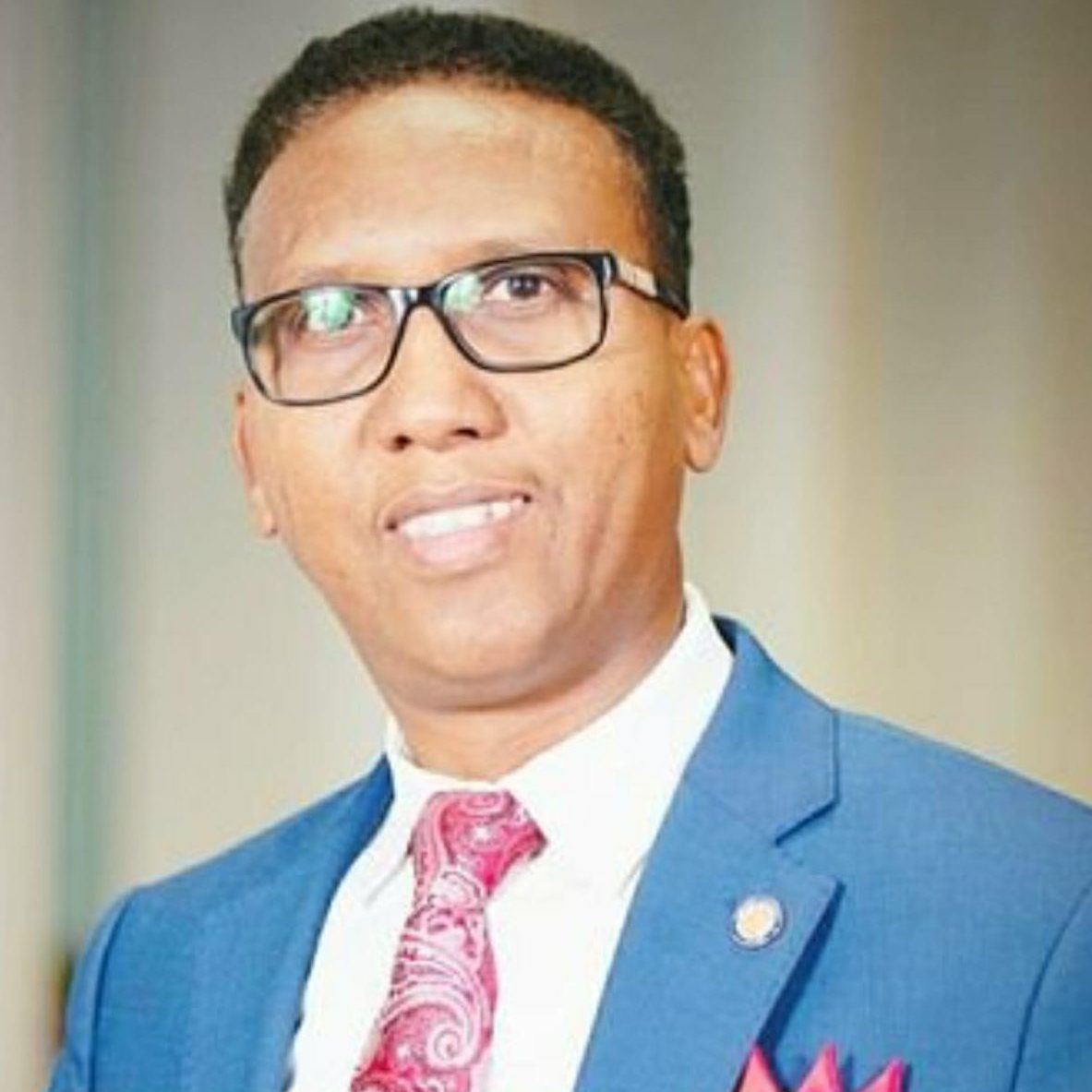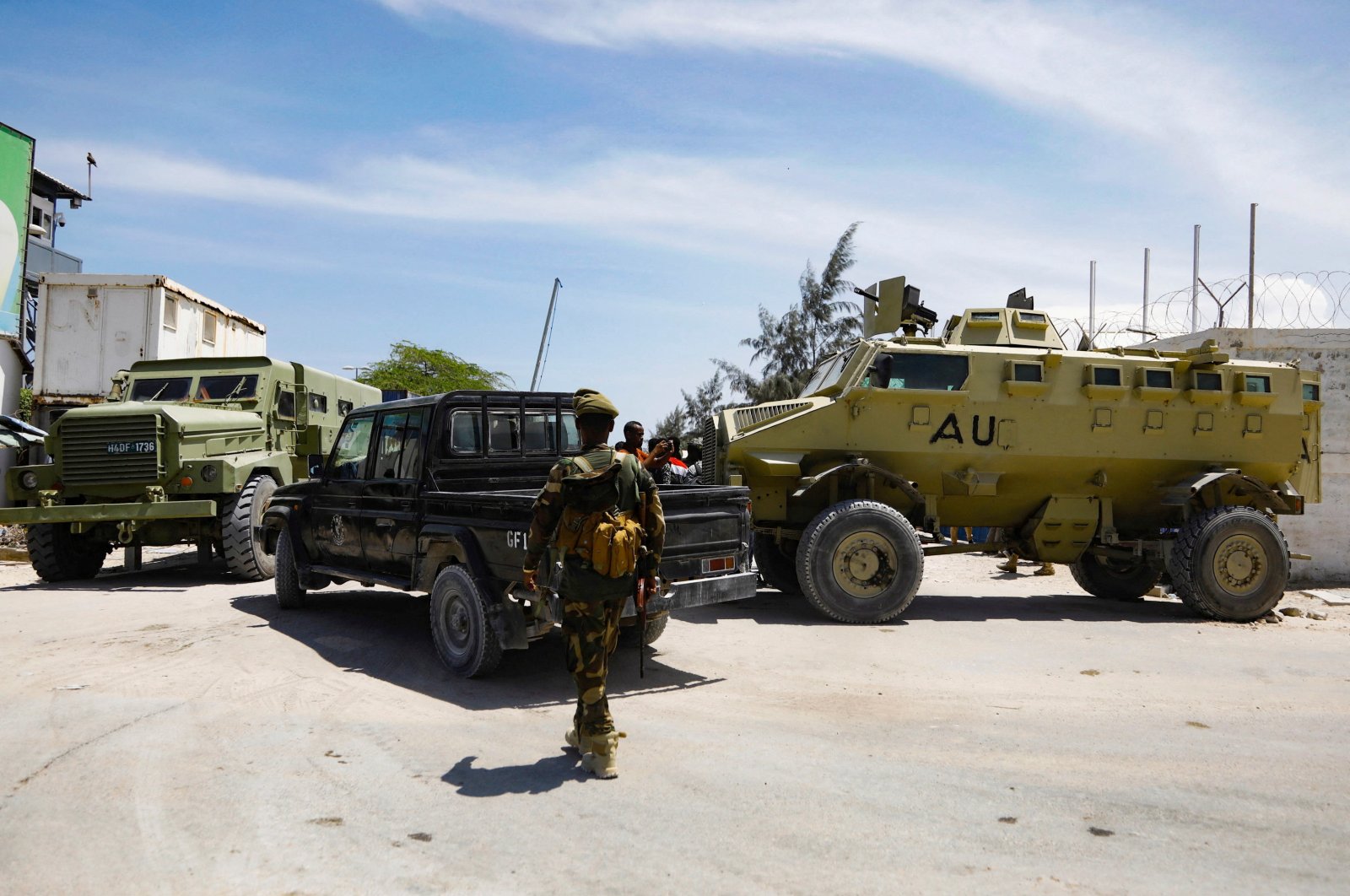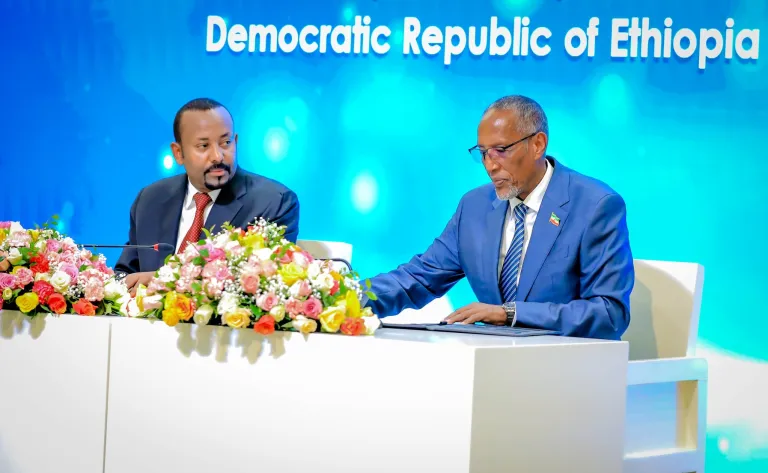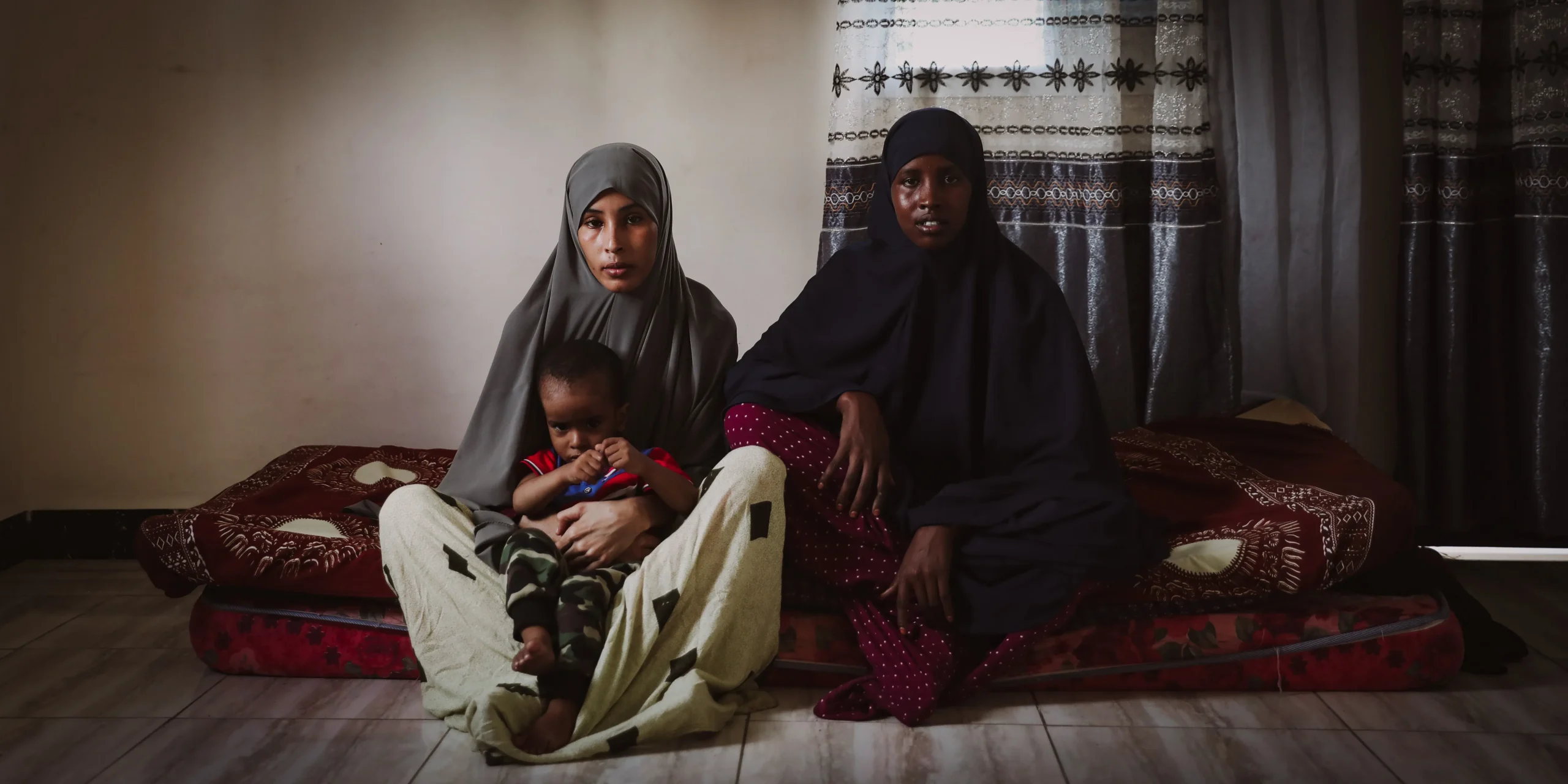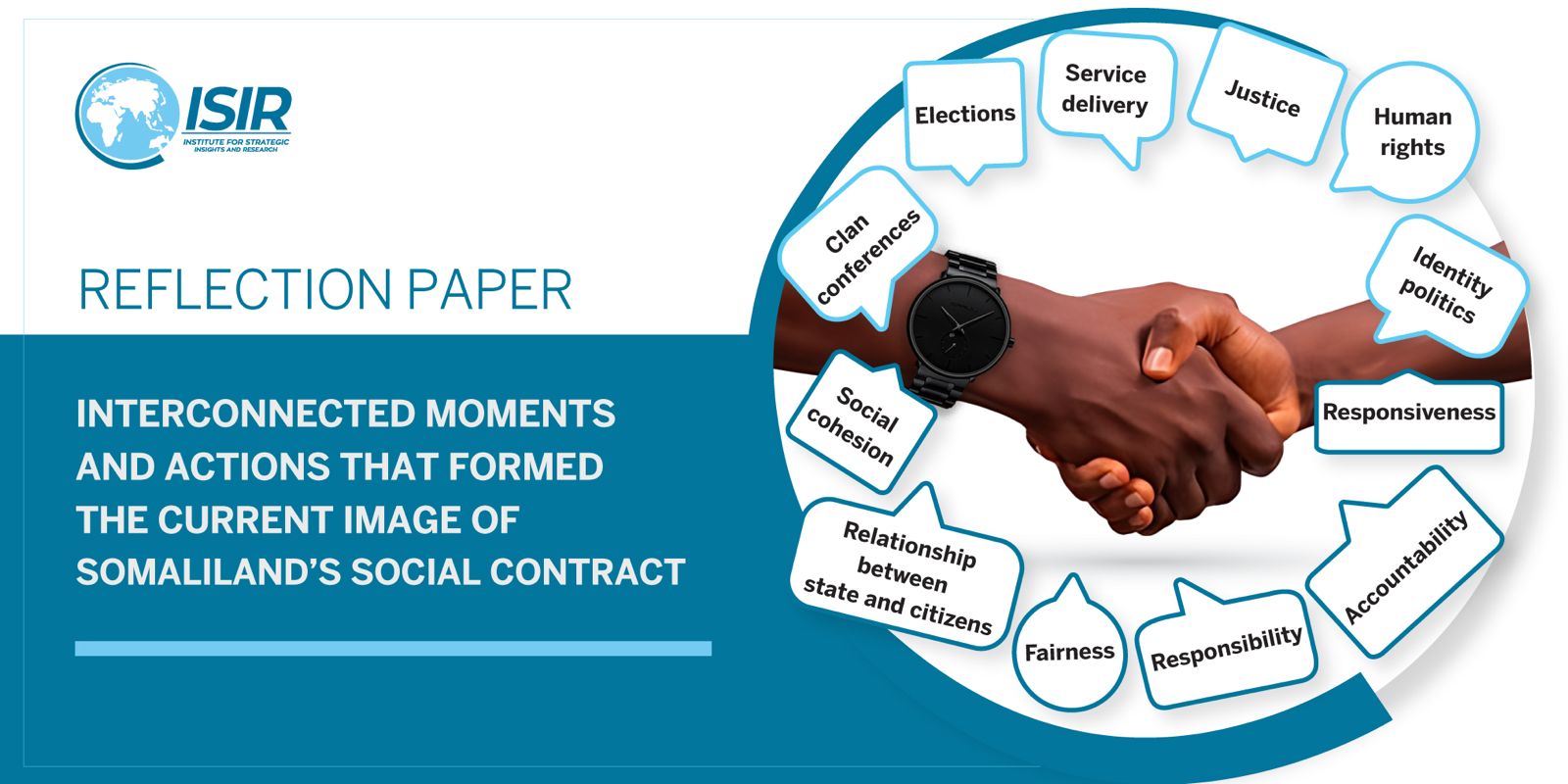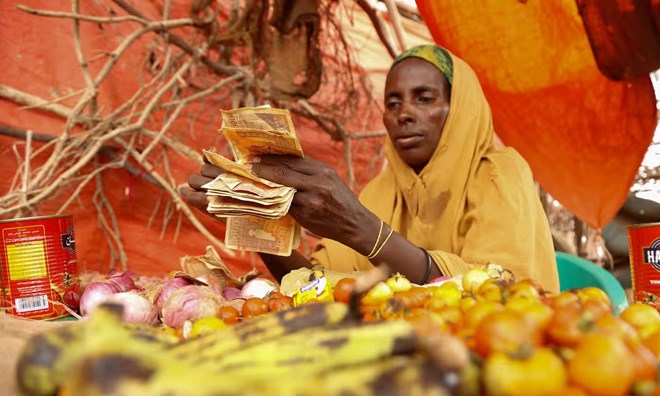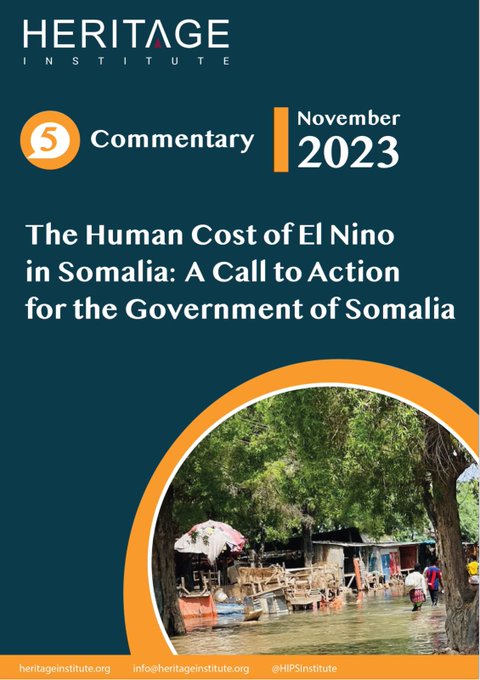MOGADISHU (SD) – HIV prevalence rate of infection in Somalia has been declining over the last fourteen years thanks to efforts to eradicate virus from the Horn of African nation.
In a statement to mark World AIDS Day, World Health Organization (WHO) said findings of a 2014 survey showed that the HIV prevalence in Somalia had reduced to a level that could be classified as a low-level epidemic in all the states, while the most recent survey, conducted during 2018, showed that average antenatal HIV prevalence across the country stood at 0.1 percent for all states.
“By geographical area, it was at 0.15 percent in Somaliland, 0.17 percent in Puntland and 0.04 percent in other federal member states,” the statement reads in part.
WHO warned despite the general decline in HIV prevalence across Somalia, there are locations such as Garowe and Bosaso in Puntland in northern Somalia where the infection rates have merely levelled off, with the risk of increasing yet again.
“Early testing and treatment can help people with HIV to battle this disease in good time,” said WHO Representative to Somalia Mamunur Rahman Malik.
It said the growing inequality, if not addressed, can only fuel and aggravate the divide between those having access to HIV testing and services and those who do not have access to testing, treatment and care.
“We must all work together to put an end to inequalities that leave Somalis out of the health service system. Decision-makers, health facilities, families and individuals all need to provide support to people living with HIV and prevent the spread of this disease,” said Malik.
This year’s global World AIDS Day, which fell on Wednesday, is being held under the theme “End inequalities. End AIDS.”
Categories: Latest News, Somalia





